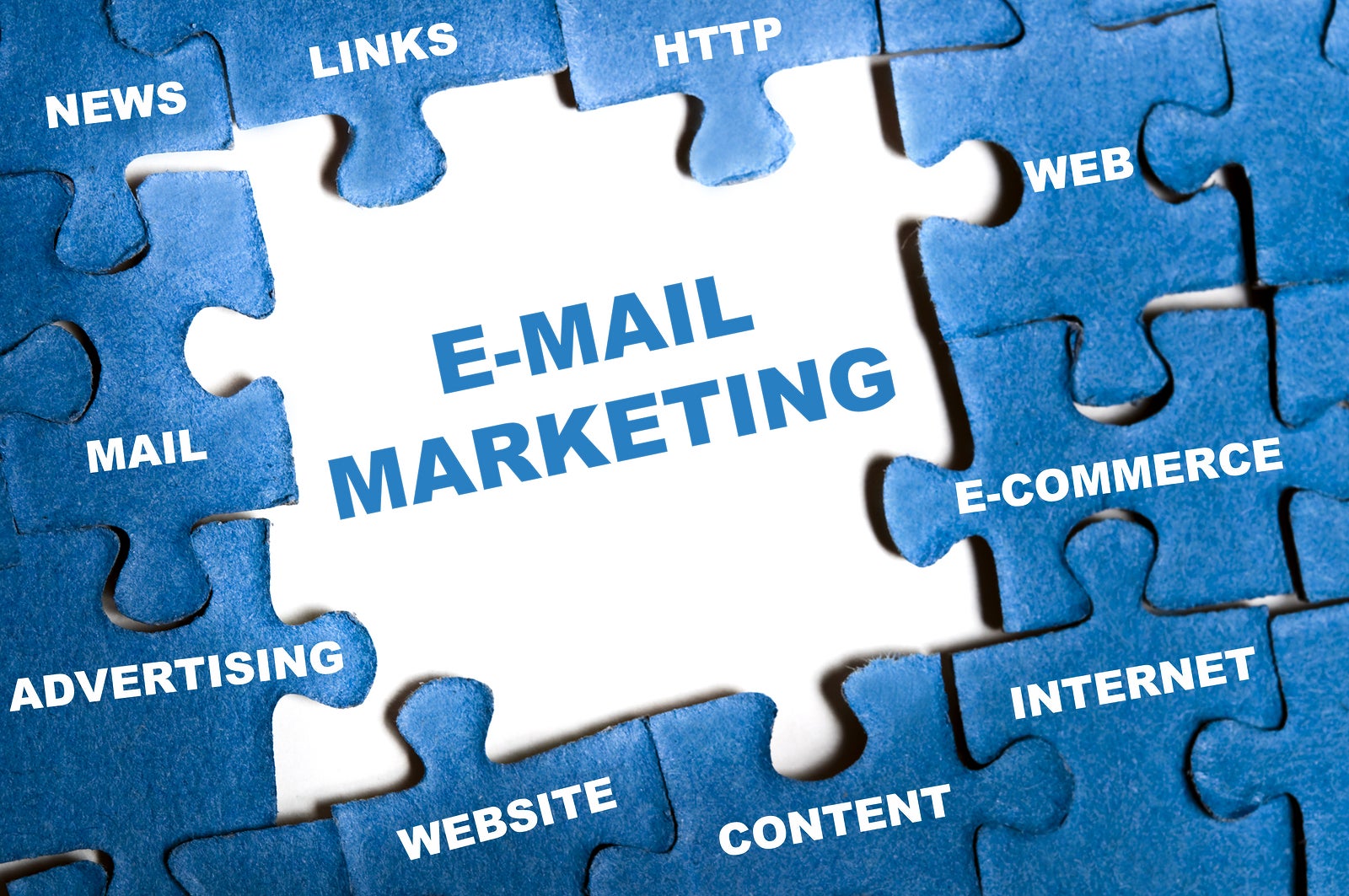
Technology journalists have been predicting the death of email marketing for what seems like years now. Regardless of what reporters claim, however, you can be sure that the ecommerce industry as a whole will be making millions if not billions off email marketing campaigns in 2021.
You can also be sure that an overwhelming majority of campaigns may very well fail to get any traction at all.
According to a study conducted by Sender, the average open rate for a marketing email is less than 25 percent. That means fewer than one out of every four newsletters ever reaches a human pair of eyes.
Small business owners who adopt certain measures before the new year can dramatically increase the chances that their messages reach their target demographic. Those who continue to send out huge amounts of bulk emails messages to nobody in particular might not be able to stay competitive in the industry, however.
Managing Email Marketing Campaigns in 2021
Due to the sheer number of messages that are sent out on a daily basis, the playing field isn’t exactly level as far as marketing campaigns go. In general, companies that segment their mailing lists by using professional email marketing software will be in the best position to promote their brand in the coming year. Those who are sure to create unique content and target their message for each specific segment they’re trying to reach will have even more of a chance at success.
While it’s sometimes difficult to get hard numbers regarding what works best for any given market segment, some experts are promoting what they refer to as the RFM method. This rates all consumers by classifying them with three metrics to get a better look at their buying habits:
- Recency: How long ago did the consumer in question buy something?
- Frequency: How often do they take advantage of offers?
- Money: How much do they spend on average?
Once you understand how these three factors relate to each of your individual market segments, you’ll have a better idea of how to reach them. Someone who buys quite on a regular basis might be more inclined to open messages promising them a frequent buyer discount than someone who only does when they can’t find a product elsewhere. Those who haven’t bought in a while might be more receptive to a message regarding a product or service that couldn’t be found anywhere else.
Since most people tend to respond better to personal messages than they do obvious mass market copy, you’ll want to devote at least a little time to creating custom content for each of your different segments. Most mail merge software will allow you to combine different pieces of copy automatically, which can help to put together a more complete missive for those on your mailing list to respond to.
While it might seem like a ton of work, it’s financially worth it. Email marketing has a potential return on investment of over 4,000 percent when done correctly, which makes it worth your while to spend a little extra time custom-tailoring your messages. A few hours of digital labor spent doing so might be your only real expense, considering that email marketing costs can be nearly nothing. That means companies relying exclusively on free tools could even post a higher ROI number than this.
Companies that plan to start a new campaign in 2021 will have to also consider how many messages that they’re sending out. This is an even more vital consideration for those who plan on ramping up existing campaigns.
Throttling Down the Stream of Messages in 2021
To some, it might seem paradoxical, but you could actually end up making more money by sending out less emails. There’s a fair bet that many people throw out most of the newsletters that hit their inboxes. An even greater number may simply never delete or open them, which ensures that any marketing messages they contain functionally get ignored.
Judging by statistics collected in 2019, the average number of emails sitting in an inbox is somewhere around 200. The same study claimed that around 60 billion spam messages are sent out on a daily basis, and that doesn’t include those sent via SMS text. Companies that send out messages on a more infrequent schedule might get noticed in this kind of environment, because consumers could get anxious waiting for them.
If they’re given a steady diet of mail on a daily or more frequent basis, then there’s a risk that consumers could simply grow tired of seeing a certain company’s name in their inbox. They might be more interested in mailings from a favorite brand that they don’t see as often.
Companies that send out messages that include user-generated content might be the most effective when it comes to reduced mailing campaigns.
The Importance of Interacting with Users
Since USC is sourced from consumers, it doesn’t really cost anything to create or reproduce. As long as your company’s terms of service agreement is up-to-date, you may find that you can use everything from product reviews to photographs in your own marketing campaigns.
Creative marketers will probably increase the number of email contests they hold in 2021, especially if they also have a number of social accounts linked to their email campaigns. Firms that plan on managing a campaign that includes this kind of content may do well to modify their workflows before they start getting user feedback, however. The overall response time for most sales leads is around 42 hours, which could reflect badly on a company’s reputation.
Nobody wants to have a reputation that’s so bad it’s reflected in user feedback. Managers who take the time to correct serious delays now will find that their 2021 ROI figures are going to look much more promising. Those who don’t might notice a dip next year, as consumers start to look for other businesses that can perform to their expectations.
1677 Views












